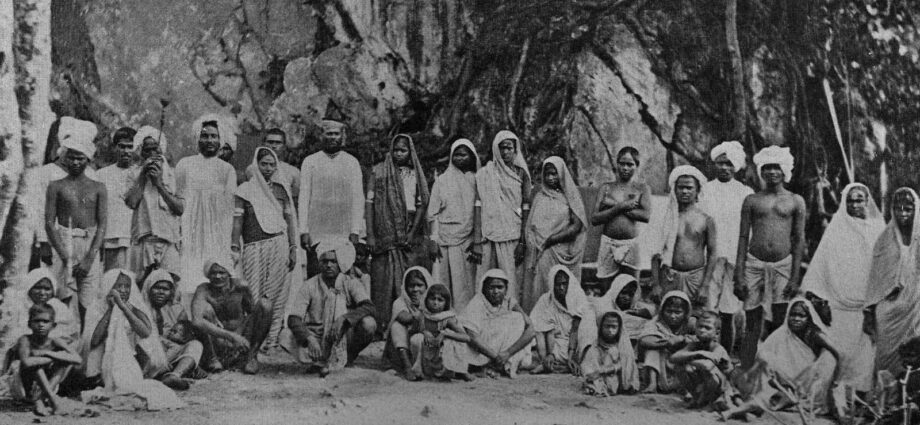Note: By the end of this year, I will be bringing out a book on the subject of forced labour, wherein I will also explain the analysis methodology in detail. If you are interested in the book ( as and when it comes out) please fill in this form.
The readers who fill up the form will be offered a discount of 40% once the book is published.
This part continues where Part 1 left off.
To carry baggage of the Civilian White administrators: A good summary of some of the purposes for which forced labour (called “impressment”) was employed is given by a note from the Collector of Tinnevally in 1860:
“Impressment was employed for the service of government not for the service of travelers; for example to supply carriage to a regiment ordered to march, to convey treasure to the presidency, to carry salt from the pans to the beach for shipment etc.”[i]
A judicial note from 1849 CE observes that it was extremely suspicious that none of the magistrates had reported a single case of forced labour in Bombay Presidency. It doubts whether people are even aware of the plethora of legislation which prohibits forced labour[ii]. Also, villagers near Mahabaleshwar were forced to work as forced labour for Europeans who left the hill station in monsoon. They were dragged away from their villages just as cultivation was about to begin and forced to provide every bullock for long distance travel. The court upbraided the collector of Thana for suppressing these facts, while the superintendent of Mahabaleshwar washed his hands off the affair. The ingenious ruse applied in this case was to force people from Satara, which was a princely state and theoretically independent, to work as coolies. This meant there were no complaints from British occupied territory.
Source: https://jambudveep.wordpress.com/2021/04/13/the-slavery-of-bharatiyasindians-by-the-british-the-case-of-forced-labour-in-british-india-part-2/
![]()
- All you wanted to know about the Vishu festival - April 15, 2022
- Our Unsung Heroes (Part-6) – Chattarpati Sambhaji Maharaj - January 1, 2022
- Indian Navy to test Rafale-M jet for INS Vikrant - January 1, 2022

